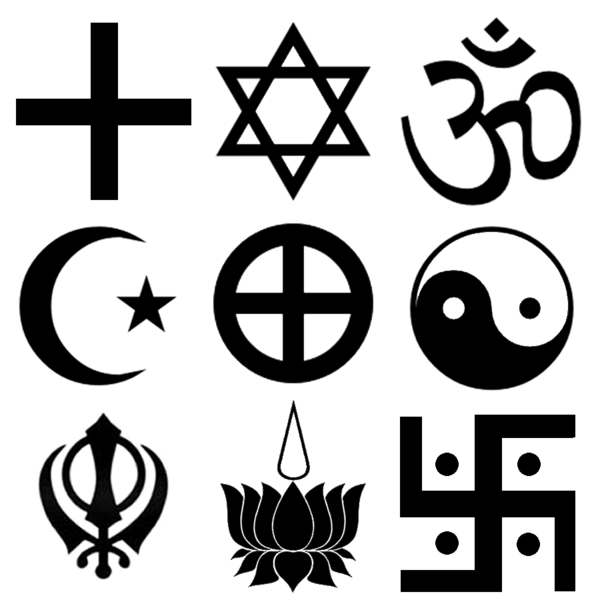The Russian Orthodox Church, a bastion of Eastern Christianity, serves as a vibrant testament to the rich tapestry of faith woven through history, culture, and spirituality. Its roots extend deep into the soil of Byzantine Christianity, entwined with Slavic tradition and the imperial aspirations of the Russian state. At its core, the Russian Orthodox faith is not merely a collection of rituals and dogmas; it embodies a profound worldview that offers both solace and a sense of purpose to its adherents.
In the grand panorama of world religions, the Russian Orthodox Church emerges as a unique entity, a harmonious symphony of Byzantine influences melded with indigenous Slavic customs. Established in the late 10th century, it flourished primarily after Prince Vladimir of Kiev adopted Christianity in 988. This monumental decision was not merely a political maneuver; it was a transformative moment that established a spiritual lineage binding the Russian people to the cultural and theological heritage of the East. The adoption of the Orthodox faith can be likened to a seed planted in fertile soil, one that would grow and spread its branches far and wide across the vast expanse of the Russian landscape.
Certainly, the rituals and festivals of the Russian Orthodox Church are vibrant expressions of faith that resonate deeply through the ages. Among these, the liturgy holds a preeminent place, often described as the heart of the Church’s sacramental life. The Divine Liturgy is an intricate dance, choreographed with prayers, hymns, and sacred readings that lift the communal spirit toward the divine. Each element, from the flickering candles to the rich vestments of the clergy, contributes to an atmosphere steeped in reverence and mystery. Here, worshippers enter a liminal space, transcending the mundane and encountering the divine mystery of salvation.
The church calendar is marked by significant feast days, each a celebration that weaves together the lives of saints, the cycle of nature, and the rhythm of life itself. For instance, the great feast of Pascha, or Easter, is not just a liturgical observance but a profound expression of the Resurrection. The joyous proclamation of “Christ is Risen!” resonates like a clarion call, echoing the hopes and aspirations of all believers. This celebration encapsulates the essence of Christianity – the promise of redemption and the triumph of life over death – offering an intriguing metaphor for the enduring human struggle against despair.
Moreover, the cultural identity of the Russian Orthodox Church is intricately entwined with the nation’s history. In times of adversity, such as during the Mongol invasions or the Soviet era, the Church has served as a spiritual refuge, embodying resilience and hope. It is not an exaggeration to state that the Orthodox faith has acted as a bulwark against the forces that sought to erode Russian identity. The Church’s enduring presence in public life manifests through the veneration of icons, the traditional art form that acts as a window to the divine. These sacred images function not only as objects of devotion but also as conduits of grace, inviting believers to engage in a dialogue with the holy. The act of praying before an icon transforms into a profound interaction, enriching one’s spiritual journey.
The Russian Orthodox Church also embraces a rich heritage of theology and philosophy, a conversation that has persisted for centuries. The works of early Church Fathers, such as St. John of Damascus and St. Gregory Palamas, shape the spiritual discourse within the Church. The theological emphasis on the transformative nature of God’s grace and the mystical union with the divine is both intellectually and spiritually invigorating. This Mystical Theology underscores the belief in theosis—the idea that humans can participate in the divine nature—inviting believers to aspire toward holiness and a deeper understanding of God. It echoes the biblical notion of being created in the image of God, fostering an intimate relationship between the Creator and His creation.
In the realm of ethical teachings, the Russian Orthodox Church advocates values that have profound implications for personal conduct and social responsibility. The call to love one’s neighbor, rooted in the teachings of Jesus Christ, resonates throughout the Church’s moral framework. The teachings on compassion and humility ripple through the lives of the faithful, motivating acts of charity and service within the community. The parable of the Good Samaritan serves as an archetypal example, compelling believers to transcend social boundaries and embody Christ’s love in action.
As the world grows increasingly complex and fragmented, the Russian Orthodox Church emerges as a continuum—a link between the ancient and the modern. Its rich traditions and liturgical practices serve as a reminder of the timeless nature of faith amidst an ever-evolving society. This Church is a living narrative, embodying centuries of history, theology, and culture. Its unique ability to adapt while maintaining fidelity to core beliefs makes it an intriguing study for anyone seeking to understand the enduring nature of spirituality in an age often characterized by uncertainty and change.
In conclusion, the Russian Orthodox Church stands as a venerable expression of faith, steeped in tradition and imbued with a sense of divine purpose. It invites its followers to embark on a journey that transcends the ordinary, allowing them to partake in a narrative that is as much about the individual’s spiritual evolution as it is about collective identity. The rich traditions and theological insights offer a compelling portrait of Eastern Christianity, one that not only illuminates the past but also lights the path for future generations. Herein lies the unique appeal of the Russian Orthodox Church—a testament to resilience, a sanctuary of hope, and a profound exploration of the divine mystery that calls out to the human soul.



